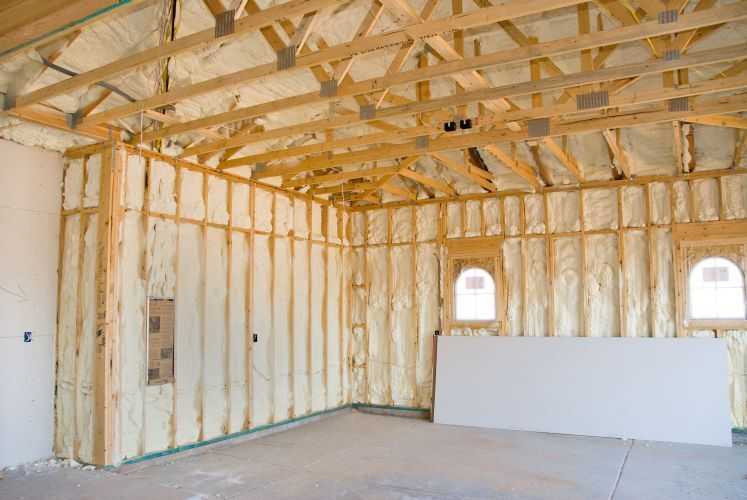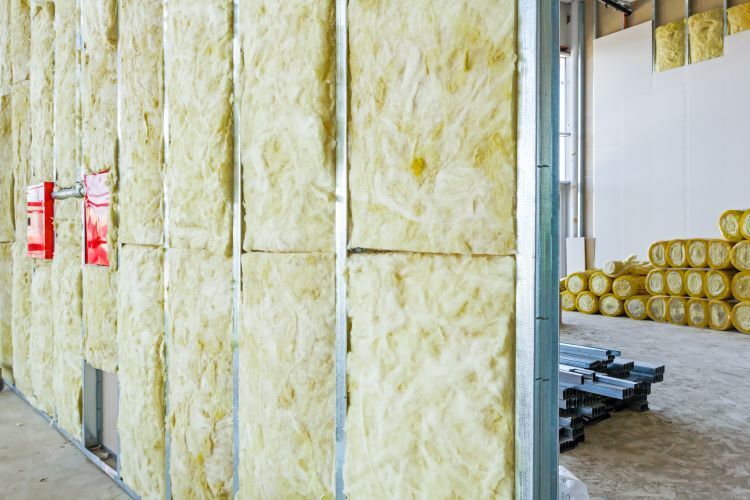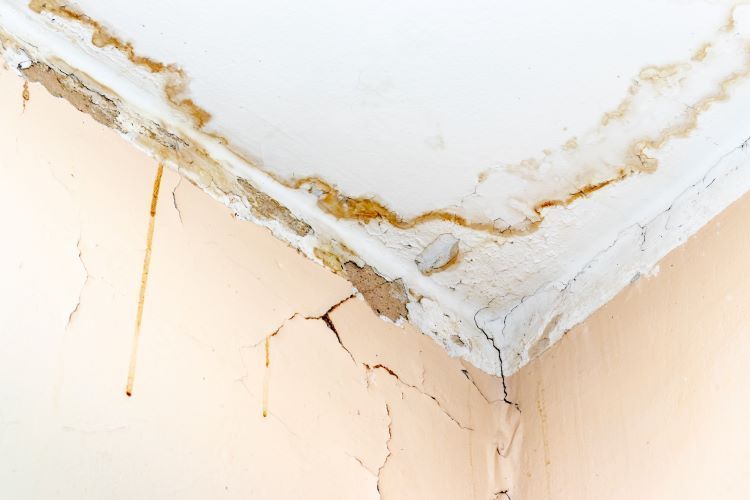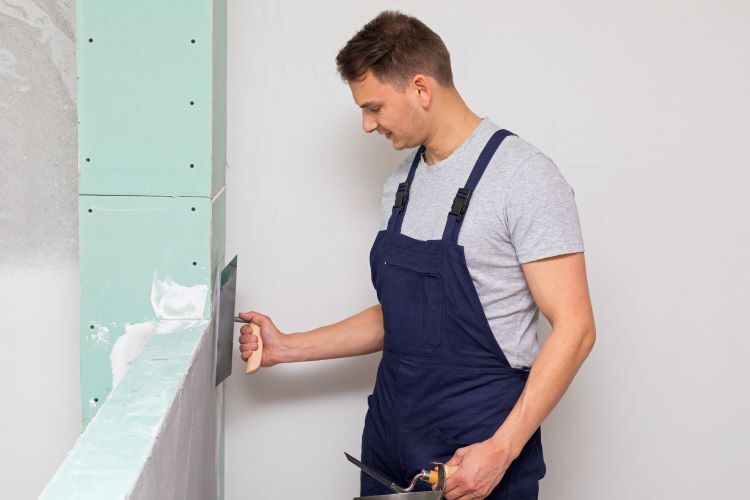How Drywall Insulation Can Lower Your Energy Bills Year-Round

With energy costs rising, homeowners are constantly seeking ways to make their homes more energy-efficient. One of the most effective ways to achieve this is through proper insulation. While many people think of insulation in terms of the attic or exterior walls, drywall insulation plays a crucial role in maintaining a comfortable temperature in your home and keeping energy bills in check. At Windsor Drywallers, we understand the importance of quality insulation and how it can significantly impact your home's energy efficiency. Here’s how drywall insulation can help lower your energy bills year-round.
1. Understanding Drywall Insulation
Drywall insulation involves installing insulation materials behind the drywall to prevent heat transfer between the inside and outside of your home. This insulation acts as a barrier, keeping warm air inside during the winter and cool air inside during the summer. By reducing the amount of heat that escapes or enters your home, drywall insulation helps to maintain a consistent indoor temperature, which in turn reduces the need for constant heating or cooling.
2. Benefits of Drywall Insulation for Energy Efficiency
a. Improved Thermal Regulation
One of the primary benefits of drywall insulation is its ability to regulate the temperature within your home. Without proper insulation, your heating and cooling systems have to work harder to maintain a comfortable temperature, leading to higher energy consumption. By adding insulation behind your drywall, you can keep your home warmer in the winter and cooler in the summer with less effort from your HVAC system. This improved thermal regulation means that your heating and cooling systems will run less frequently, saving you money on your energy bills.
b. Enhanced Air Sealing
Drywall insulation also helps to seal gaps and cracks in your walls that can lead to drafts and air leakage. When warm air escapes during the winter or cool air seeps out during the summer, your HVAC system has to work overtime to compensate for the loss, resulting in increased energy usage. Proper insulation creates a tight seal that minimizes air leakage, allowing your home to maintain its temperature more efficiently. This enhanced air sealing reduces the strain on your heating and cooling systems and leads to lower energy costs.
c. Soundproofing Benefits
In addition to its energy-saving properties, drywall insulation also offers soundproofing benefits. Insulated walls can significantly reduce the amount of noise that enters or exits your home, creating a more peaceful and quiet living environment. This is particularly beneficial in urban areas or for homes near busy streets. The added soundproofing not only enhances comfort but also contributes to the overall energy efficiency of your home by ensuring that windows and doors are tightly sealed.
3. Types of Drywall Insulation
When considering drywall insulation, it’s important to choose the right type of insulation material for your needs. Here are some common types of insulation used in drywall installation:
a. Fiberglass Insulation
Fiberglass insulation is one of the most commonly used materials for drywall insulation. It is made from fine glass fibers and is available in rolls or batts that can be easily installed between wall studs. Fiberglass is known for its excellent thermal performance and is an affordable option for most homeowners.
b. Spray Foam Insulation
Spray foam insulation is a more advanced option that provides superior air sealing and thermal resistance. It is applied as a liquid and expands to fill gaps and cracks, creating an airtight barrier. While spray foam insulation is more expensive than fiberglass, its high R-value (a measure of thermal resistance) makes it a worthwhile investment for homeowners looking to maximize energy efficiency.
c. Cellulose Insulation
Cellulose insulation is made from recycled paper products and is treated with fire retardants for safety. It is often used in older homes where retrofitting insulation is necessary. Cellulose is an eco-friendly option that offers good thermal performance and is particularly effective at reducing air leakage.
d. Rigid Foam Insulation
Rigid foam insulation comes in panels that can be cut to fit between wall studs. It has a high R-value and provides excellent thermal resistance. Rigid foam is a good option for homeowners looking to add insulation to exterior walls or basements where moisture resistance is important.
4. Long-Term Savings
While the initial cost of installing drywall insulation may seem significant, the long-term savings on energy bills make it a smart investment. Proper insulation can reduce your heating and cooling costs by up to 20%, depending on the climate and the level of insulation installed. Over time, these savings can add up, making the investment in drywall insulation well worth it.
Additionally, homes with good insulation tend to have higher resale values. Prospective buyers are often willing to pay more for a home that is energy-efficient and has lower utility costs. This means that in addition to saving money on your own energy bills, you could also see a return on your investment when it comes time to sell your home.
5. Professional Installation Matters
While some homeowners may attempt to install insulation themselves, hiring a professional is essential for ensuring that the job is done correctly. Improper installation can lead to gaps, voids, and other issues that reduce the effectiveness of the insulation. At Windsor Drywallers, our team of experts has the experience and knowledge to install drywall insulation properly, ensuring that your home is as energy-efficient as possible.
Conclusion
Drywall insulation is a key component in making your home more energy-efficient and reducing your energy bills year-round. By improving thermal regulation, enhancing air sealing, and offering soundproofing benefits, drywall insulation can provide significant long-term savings. Whether you’re building a new home or looking to upgrade your current insulation, investing in quality drywall insulation is a smart decision that will pay off in the years to come.
At Windsor Drywallers, we specialize in providing high-quality drywall installation and insulation services for homeowners in Windsor, Ontario. Contact us today to learn more about how we can help you make your home more energy-efficient and comfortable.
You might also like



Book a Service Today
We will get back to you as soon as possible
Please try again later
Windsor Drywallers
Navigation
Navigation
Working hours
- Mon - Fri
- -
- Sat - Sun
- Appointment Only
*This is a referral website. All work is performed by professional, licensed contractors.